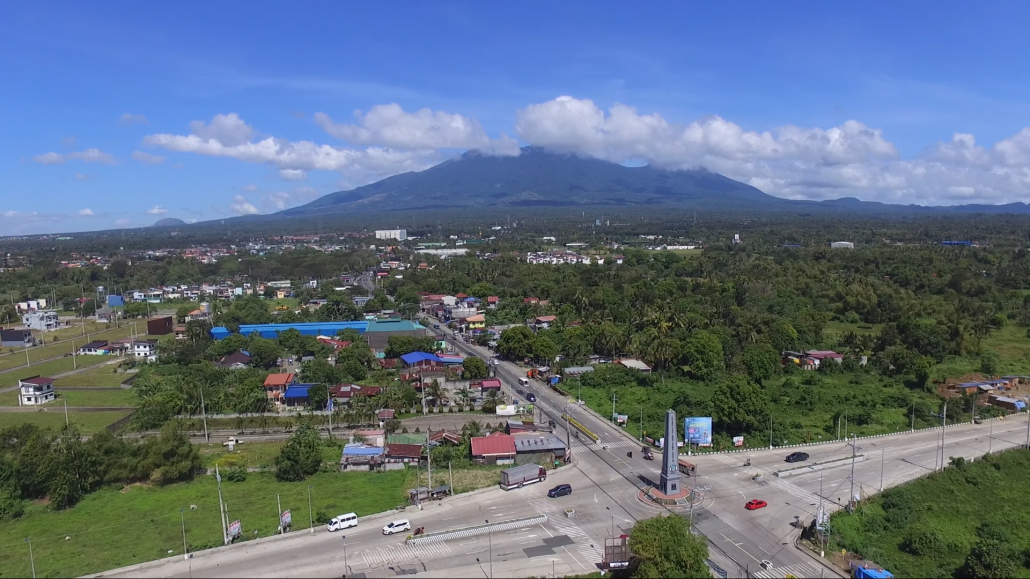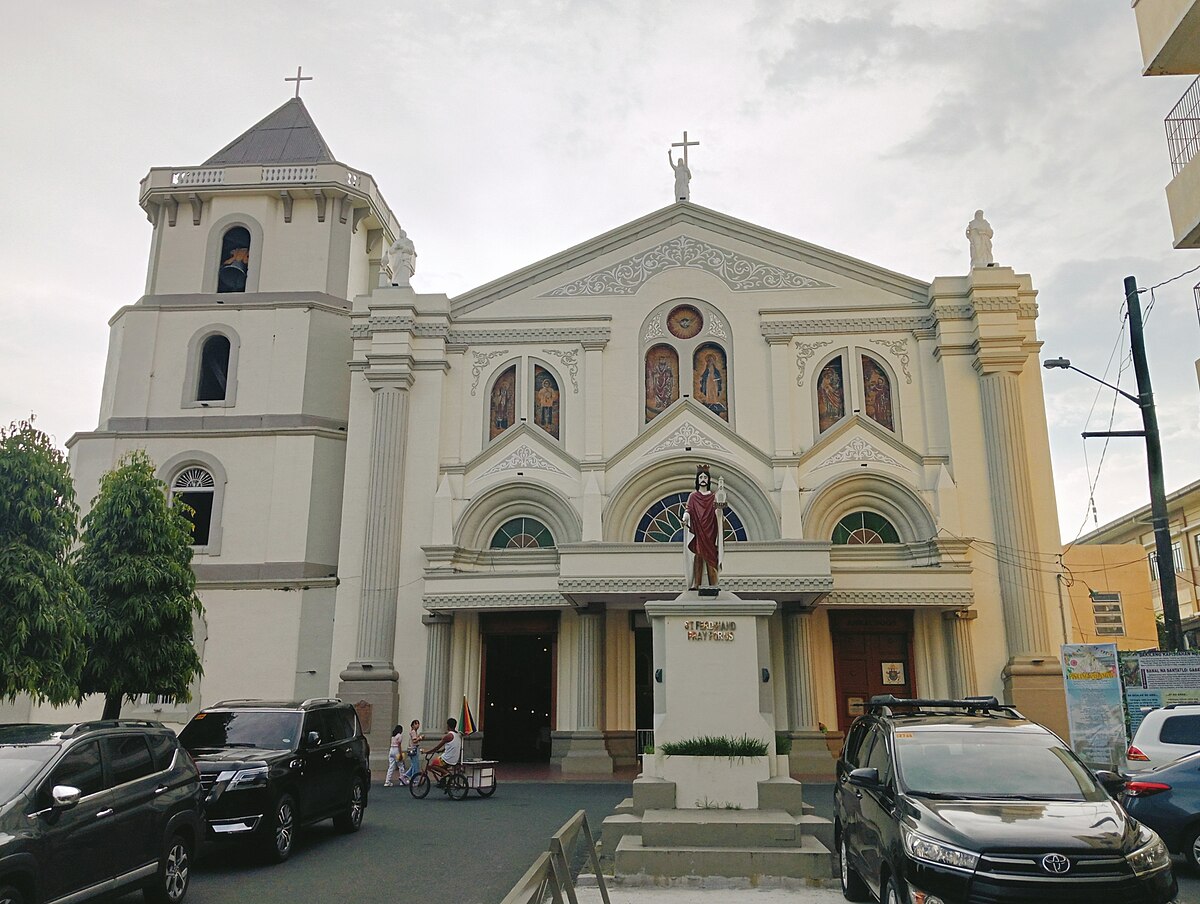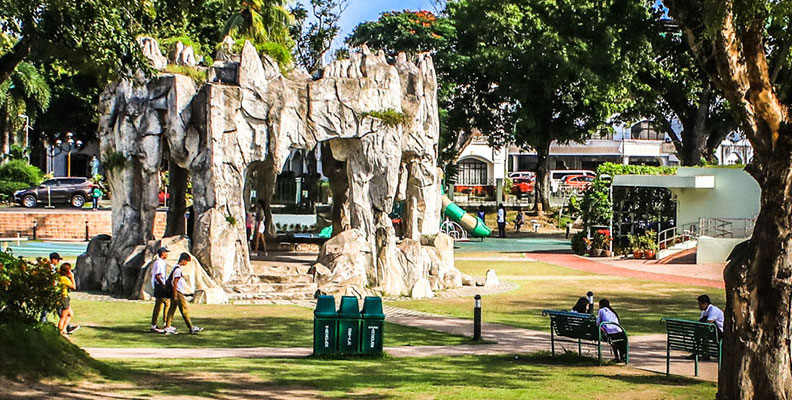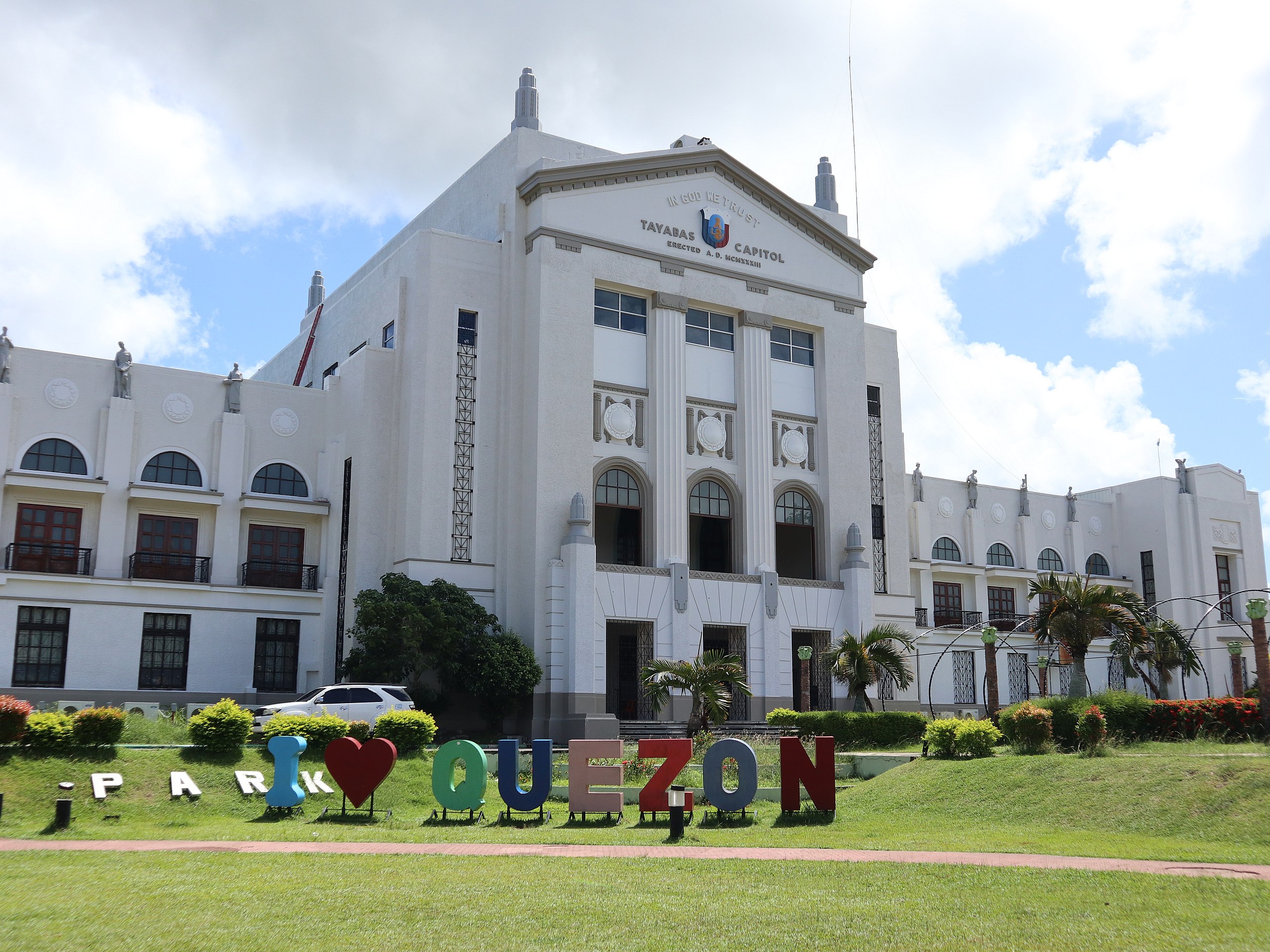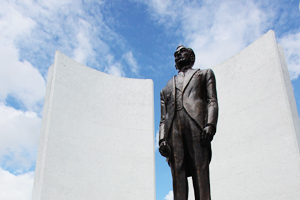Welcome to Lucena City in Quezon, and welcome to Anthro on Foot's walking tour! This is a self-paced
walking
tour that features key heritage sites and cultural highlights in the area. We hope you enjoy this tour
as much as
we enjoyed curating it!
The area that is now Lucena City was home to indigenous peoples with their own distinct languages,
cultures, and traditions. The Tagalogs are the predominant ethnic group in Quezon Province.
Precolonial communities in the Lucena area were engaged in agriculture, cultivating crops such as
rice, root crops, and vegetables. Trade networks existed with neighboring communities for the
exchange of goods.
Precolonial societies in this region had well-defined social structures. Communities were organized
into extended families or clans, and leadership roles were often held by respected elders or
individuals with notable skills or achievements.
The arrival of the Spanish colonizers in the 16th century brought significant changes to the
region, influencing its culture, governance, and religious practices.
In the 1570s, Captain Juan de Salcedo embarked on the initial exploration of what later became the
province of Tayabas. Subsequently, between 1580 and 1583, the Franciscan priests Juan de Plasencia
and Diego de Oropesa founded the town of Tayabas, with Lucena being just one of its barrios.
During the 16th century, the Spanish referred to the region as Buenavista due to its picturesque
landscapes. Later, the barrio was renamed Oroquieta. However, the onslaught of Muslim pirate attacks
led the locals to construct forts along the seashores, particularly in the present-day Cotta and
Barangay Mayao. Consequently, the area earned the name Cotta, derived from the Spanish term for fort
(or kuta in Tagalog). The growth of maritime trade and the successful defense against pirate raids
contributed to Lucena's development as a town, eventually becoming the capital of Tayabas, Quezon
province in 1901.
